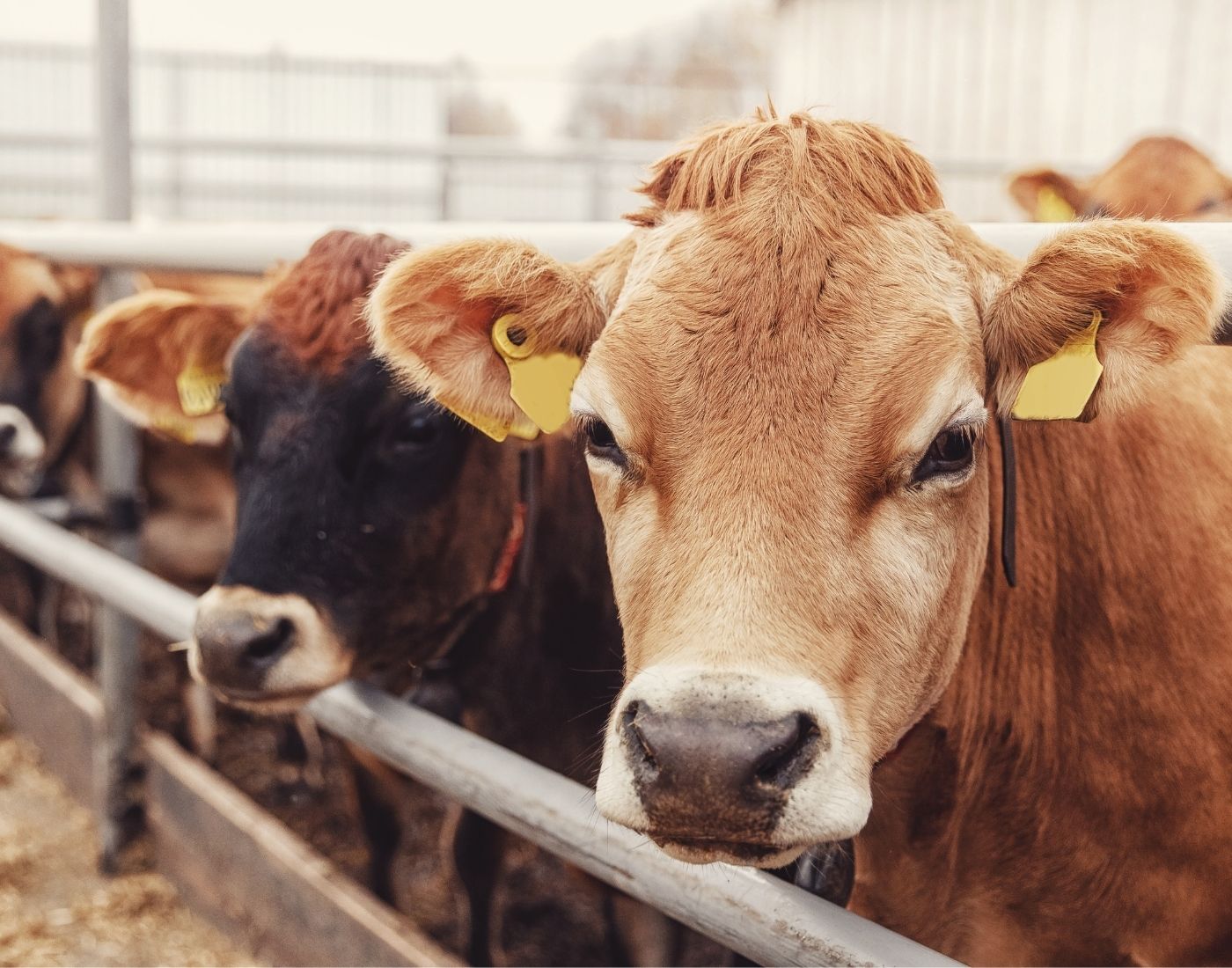One of the most important factors in controlling the spread of many bacteria and micro-organisms which cause foodborne illness, is the maintenance of clean livestock.
Dirty hides, coats and fleeces of cattle, sheep and other livestock, including excrement and mud, have the potential to contaminate meat during the slaughter process.
Article 11 of Implementing Retained EU Regulation 2019/627 requires that ante-mortem inspection must verify that slaughterhouses are complying with their obligation, as set out in the hygiene regulations, to ensure animals are clean at the time of slaughter. Therefore, to prevent the contamination of meat and reduce risks to public health, official controls staff will reject any animal for slaughter that does not meet the required standard of cleanliness.
Dirty livestock cost both the farmer and the abattoir money due to rejected livestock and slower line speeds at slaughter. It is therefore in everyone’s interest, both from a hygiene and a financial perspective, that clean livestock are produced for slaughter.
Pre-slaughter diet and the quality of bedding at the farm, during transport and in the abattoir lairage should all be considered when seeking to reduce contamination and dirtiness. Keeping livestock dry before slaughter will also help to prevent individual animals becoming overly dirty, whilst reducing the spread of contamination and bacteria between livestock.
As a last resort clipping can be used to remove visible dirt but it should be noted that this can bring unnecessary stress to the animal. The Agriculture and Horticulture Development Board (AHDB) has produced videos that demonstrate best practice in this area. The videos are available on the AHDB Beef & Lamb YouTube channel. Watch the videos on:
See also:
The research that investigated e-coli 0157 super-shedding in cattle, the mitigation of human risk and the overall prevalence of STEC in Scotland.

